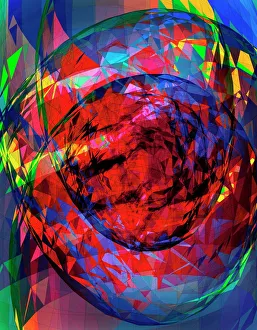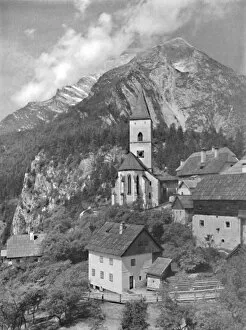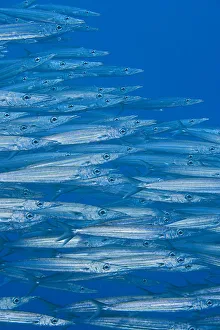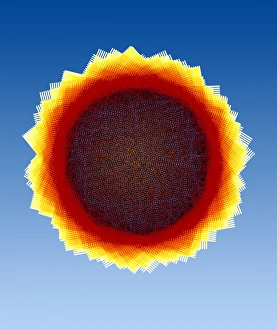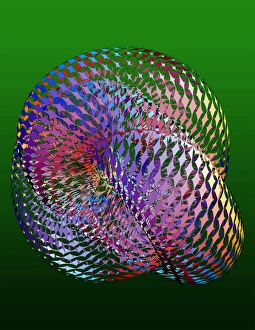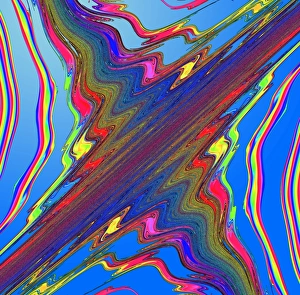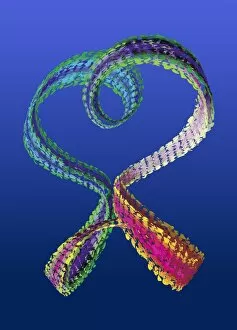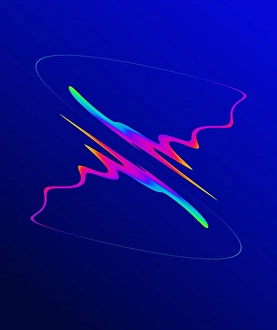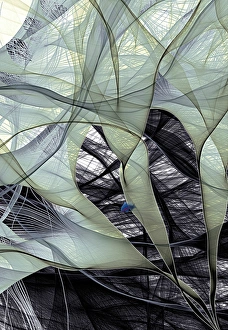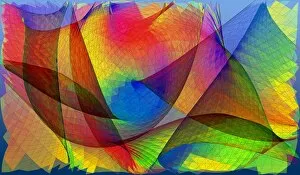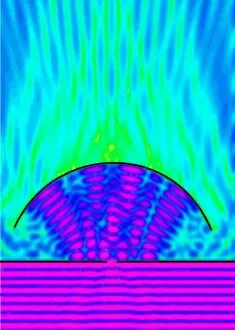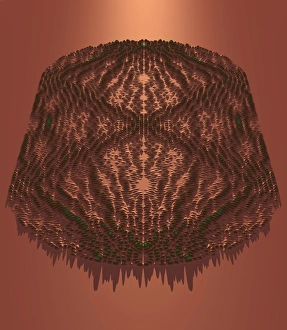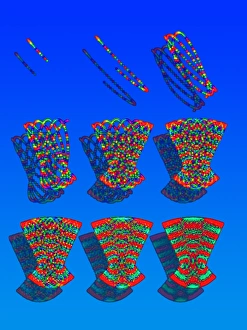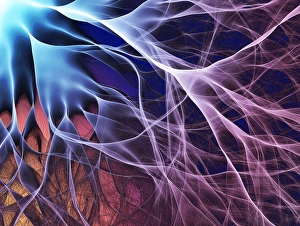Heller Collection
"Heller: Exploring the Boundless World of Molecular Orbitals and Mathematical Models" Step into the fascinating world of Heller
All Professionally Made to Order for Quick Shipping
"Heller: Exploring the Boundless World of Molecular Orbitals and Mathematical Models" Step into the fascinating world of Heller, where molecular orbitals and mathematical models intertwine to unlock hidden secrets. From the genius mind of Harry Kellar in the late 19th century to Rupert Heller's depiction of The Battle of Pavia in 1529, this name has left its mark on various fields. In a Styrian College in 1909, Konrad Heller delved deep into his artistic prowess, capturing the essence of knowledge being passed down through generations. Meanwhile, another portrait emerged - that of Stephen Heller, a renowned pianist and composer whose melodies resonated with audiences around 1860. Venturing beyond artistry and music, Heller's influence extended to nature itself. In Lower Austria's farmyard scene from 1910 by Konrad Heller alongside C Angerer & Goschl, we witness how even rural landscapes hold their own charm. And who could forget Hawaii's School Of Hellers Barracuda (Sphyraena helleri), showcasing the diversity found beneath our oceans? But it is within scientific realms that "Heller" truly shines. Mathematical models take center stage as they unravel complex phenomena like nanowires or molecular structures. These intricate designs offer glimpses into an invisible world governed by precise calculations. As we explore these diverse facets connected by one common thread - "Heller" - we are reminded that human curiosity knows no bounds. Whether it be through artistry or scientific inquiry, this name continues to inspire us to push boundaries and seek new frontiers in understanding our universe. So let us embrace "Heller, " for it represents not just a name but a gateway towards endless possibilities waiting to be discovered and explored with awe-inspiring wonderment.

